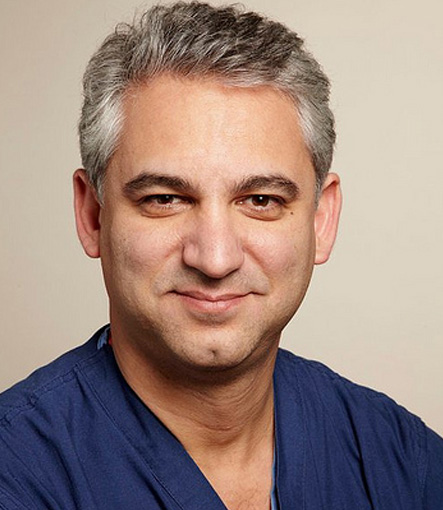Brachytherapy For Prostate Cancer
Brachytherapy is a treatment method that involves the placement of radioactive material within the body. Often referred to as “internal radiation”, brachytherapy is a type of radiation treatment used in treating cancer. In contrast to the more conventional form of radiation therapy which delivers radiation from a machine, brachytherapy allows a doctor to strategically deliver higher doses of radiation to specific parts of the body. Brachytherapy is used to treat several different types of cancer and because of its versatility can be used with other forms of cancer treatment. For example, following a robotic prostatectomy brachytherapy can be used to eliminate any remaining cancerous cells.
High-dose & Low-dose Brachytherapy
Radiation treatment is commonly administered in two different ways: high-dose rate brachytherapy and low-dose rate brachytherapy. In some instances radiation treatment will be given permanently with the implanted radiation seeds working over time.
High-dose brachytherapy: Primarily used in patients who have higher grade prostate cancer. While under anesthesia a patient will have anywhere from 10 to 15 needles inserted in the perineum with concentration placed solely in the cancerous areas. The needles are directly wired to a radiation source that will deliver doses to the prostate. Treatment time can range between 10 and 20 minutes.
Low-dose brachytherapy: Is generally recommended to patients with lower grade prostate cancer that is centralized to the prostate gland. The procedure can take up to an hour to complete under general or spinal anesthesia. Radioactive seeds (equivalent to the size of a grain of rice) between 80 to 100 are implanted directly to the prostate through the perineum. The seeds over a period of several months will then release a steady dose of low-level radiation.
Side effects
Side-effects for brachytherapy are similar to those encountered in external beam therapy. There is also a minimal risk that the implanted seeds may migrate to other areas of the body via the bloodstream. Side-effects can last months following treatment and include:
- Bowel dysfunction
- Urinary dysfunction
- Erectile dysfunction
- Blood in urine
For many of the side-effects associated as a result of treatment such as erectile dysfunction your doctor can prescribe medication to reduce symptoms. Over a period of time however any side-effects you may experience will dissipate. You also undergo a PSA screening in order to measure the level of prostate specific antigen in your bloodstream. Your doctor will use this to make a determination as to whether your prostate cancer has responded to the treatment.






